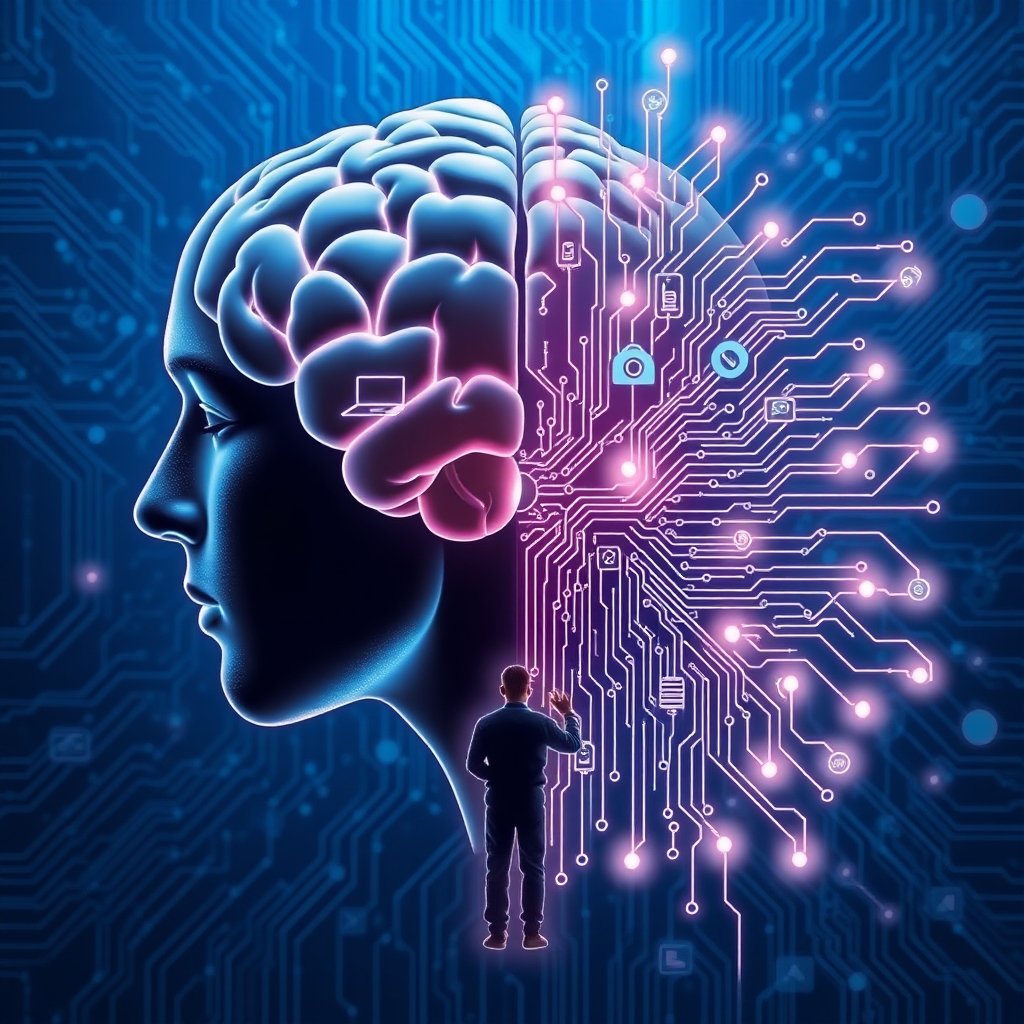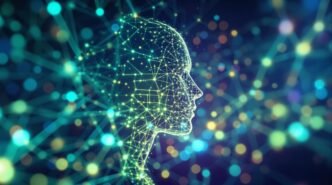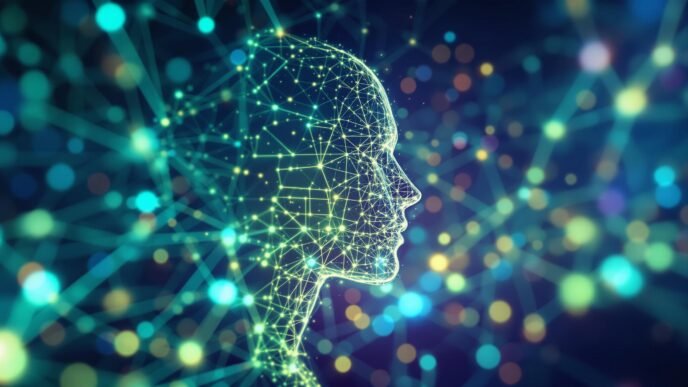The quest to simulate human intelligence in machines has been a cornerstone of technological advancement for decades. As artificial intelligence (AI) continues to evolve, the line between human cognition and machine processing becomes increasingly blurred. This blog delves into the intricacies of simulating human intelligence in machines, exploring the technologies driving this revolution, the challenges faced, and the promising future that lies ahead.
Understanding Human Intelligence
Before delving into its simulation, it’s essential to comprehend what constitutes human intelligence. Human intelligence encompasses a range of cognitive abilities, including:
- Learning and Adaptation: The ability to acquire new knowledge and adjust to novel situations.
- Reasoning and Problem-Solving: The capacity to process information logically and make decisions.
- Perception and Sensory Processing: Interpreting sensory inputs from the environment.
- Emotional Intelligence: Understanding and managing emotions, both one’s own and others’.
Simulating these facets in machines requires sophisticated algorithms and architectures that can mimic these complex processes.
The Evolution of Artificial Intelligence
Early Beginnings
The journey of AI simulation began in the mid-20th century with pioneers like Alan Turing, who proposed the Turing Test to assess a machine’s ability to exhibit intelligent behavior indistinguishable from a human. Early AI focused on rule-based systems and symbolic reasoning, laying the groundwork for future developments.
The Rise of Machine Learning
The advent of machine learning (ML) marked a significant shift from predefined rules to data-driven models. ML algorithms enable machines to learn patterns from vast datasets, improving their performance over time. This paradigm shift has been instrumental in advancing AI’s ability to simulate human intelligence.
Deep Learning and Neural Networks
Deep learning, a subset of ML, leverages artificial neural networks inspired by the human brain’s structure. These networks consist of layers of interconnected nodes (neurons) that process information hierarchically. Deep learning has been pivotal in achieving breakthroughs in image and speech recognition, natural language processing, and more.
Key Technologies in Simulating Human Intelligence
Natural Language Processing (NLP)
NLP enables machines to understand, interpret, and generate human language. Advanced models like OpenAI’s GPT series have demonstrated remarkable capabilities in text generation, translation, and conversation, bringing machines closer to human-like communication.
Computer Vision
Computer vision empowers machines to interpret and make decisions based on visual data. Applications range from facial recognition and autonomous vehicles to medical imaging, showcasing the versatility of AI in mimicking human visual perception.
Reinforcement Learning
Reinforcement learning (RL) involves training agents to make a sequence of decisions by rewarding desirable behaviors. RL has been successfully applied in gaming, robotics, and autonomous systems, enhancing machines’ ability to learn from interactions with their environment.
Cognitive Computing
Cognitive computing aims to simulate human thought processes in a computerized model. By integrating AI, ML, NLP, and other technologies, cognitive systems strive to understand, reason, and interact in ways that mirror human cognition.
Applications of Simulated Human Intelligence
Healthcare
AI-driven diagnostics, personalized treatment plans, and robotic surgery are transforming healthcare. Machines can analyze medical data with high accuracy, assist in complex surgeries, and provide personalized patient care, enhancing overall healthcare outcomes.
Autonomous Vehicles
Self-driving cars leverage AI to perceive their environment, make real-time decisions, and navigate safely. By simulating human driving behavior, autonomous vehicles promise to reduce accidents and improve transportation efficiency.
Customer Service
AI-powered chatbots and virtual assistants provide instant, personalized customer support. By understanding and responding to human queries effectively, these systems enhance customer satisfaction and streamline service operations.
Education
Adaptive learning platforms use AI to tailor educational content to individual student needs. By simulating a human tutor, these systems can provide personalized feedback, track progress, and improve learning outcomes.
Challenges in Simulating Human Intelligence
Understanding Consciousness
One of the most profound challenges is replicating human consciousness and self-awareness. While machines can perform tasks that mimic intelligent behavior, the subjective experience of consciousness remains elusive.
Ethical Considerations
The simulation of human intelligence raises ethical questions about machine autonomy, decision-making, and the potential for bias. Ensuring that AI systems operate ethically and transparently is paramount to their responsible deployment.
Computational Limitations
Human intelligence is incredibly complex, and simulating it requires immense computational resources. Despite advancements in hardware and algorithms, achieving the full breadth of human cognitive abilities in machines remains a significant hurdle.
Data Privacy and Security
AI systems rely heavily on data, raising concerns about privacy and security. Ensuring that personal data is protected and used responsibly is critical in the development and deployment of intelligent machines.
The Future of Simulated Human Intelligence
Enhanced Human-Machine Collaboration
Future advancements will likely focus on augmenting human capabilities rather than replacing them. Intelligent machines can collaborate with humans, enhancing productivity, creativity, and decision-making processes.
General Artificial Intelligence
While current AI systems excel in specific tasks, the pursuit of general AI—machines that possess the ability to understand, learn, and apply knowledge across a wide range of activities—is ongoing. Achieving general AI would mark a significant milestone in simulating human intelligence.
Integration with Biotechnology
The convergence of AI and biotechnology holds promise for creating more sophisticated models of human intelligence. Brain-computer interfaces and neuro-inspired AI architectures could bridge the gap between biological and artificial cognition.
Sustainable AI Development
As AI becomes more integral to society, sustainable development practices will be crucial. This includes creating energy-efficient algorithms, reducing the environmental impact of data centers, and ensuring equitable access to AI technologies.
Conclusion
Simulating human intelligence in machines is a dynamic and multifaceted endeavor that sits at the intersection of technology, psychology, and ethics. While significant strides have been made in replicating aspects of human cognition, the journey towards fully emulating the human mind is ongoing. By addressing the challenges and harnessing the potential of emerging technologies, the future of artificial intelligence promises to transform industries, enhance human capabilities, and redefine the relationship between humans and machines.
Also read:
Why Compound Systems Are the Future of AI?







